Description
Oil on canvas signed Gaugin
Antique painting
Measure : 37″ x 26″ inches
An impressionist painter in Lima
The life of Paul Gauguin (1848-1903) is known to many, but there is a detail that perhaps many people are unaware of and that is that he lived in Lima. His parents left for Lima from Paris a little before Napoleon III’s coup. They came with the idea of founding a newspaper, since his father was a journalist, and staying at his maternal grandfather’s house. They arrived in the steamer at the port of El Callao and settled on the Pizarro checkerboard very close to the Plaza de Armas. Unfortunately his father dies on the trip and only Paul arrives along with his sister Marie and his mother Aline Chazal, who is the daughter of the well-known Flora Tristán. They settled in the house of their uncle Pío Tristán in the old house called «La Casa Echenique» in what was then called Calle de los Gallos for having a cockfighting establishment in it. It was a large, well-to-do house in the republican style with its hall and patios. His house is still standing, but since 2009 it has been occupied by different sales items.
The family lived a comfortable life in the city until 1854 more or less, a few years, but some memories that were recorded in the later artist, who mentions his stay in Lima in his diary. His memories are from a city where the rain doesn’t fall, and his mother wore a coverall. This story has also been fictionalized in Mario Vargas Llosa’s book «El paraíso de la otra esquina», a novel about Flora Tristán and also her grandson Paul Gauguin and his personal quest to reach a full life.
In 1854 they returned to Paris and the children were sent to schools and the mother worked as a dressmaker and became the lover of Gustave Arosa, a businessman who had become rich selling guano from Peru. Arosa was also a collector of pre-Columbian art and a photographer.
Advertisements
REPORT ABOUT THIS ANNOUNCEMENT
A few years later his mother died and Gauguin began working as a stockbroker sponsored by Mr. Gustave Arosa. Gauguin was a nonconformist with his life in general and in constant search of change. He discovered his artistic vein relatively late. After surrounding himself with all the comforts, he got married and had five children and a very bourgeois life. He begins to be interested in the movement of the impressionists who were revolutionizing Paris and timidly begins to paint and especially buy art.
Gauguin’s double life as stockbroker and artist came to a sudden end in 1882. The stock market crashed and he lost his job. He takes it as a sign, and from now on he dedicates himself fully to art. His wife goes to Denmark with her children and they separate from her.
He began to exhibit his paintings and in 1886 he had at least 19 works at the Impressionist Salon, but this year he was eclipsed by Georges Seurat, who had presented the work «A Sunday Afternoon on the Island of La Grande Jatte». Gauguin seeks the exotic with his work, that same year he left for America in search of work in the Panama Canal. But there was no luck and he went with his friend and painter Charles Laval to the island of Martinique. Gauguin’s love for tropical countries, that passion, was an escape from civilization, but it was also a search for happiness experienced in his childhood years in Lima.
On his return to France he goes to Arles to paint with Vincent van Gogh, they end up like the cat and the dog, badly. Vincent was going crazy and couldn’t stand anyone. The friendship was short, but Gauguin had time to make a portrait of Vincent painting his sunflowers, a work of 1888. Paul was not interested in the dark side of life, but he was looking for happiness and harmony. Gauguin created in his works suggestions of himself, persuasive evocations of other realities using a very lively color palette.
At the end of the eighties, Gauguin was an artist known and accepted by Parisian society, but he still did not have money. In 1891 he can finally see his dream come true by embarking on the dream trip to the exotic island of Tahiti. This island in the Pacific was discovered in 1767 and was a French colony. For Gauguin it was a place of economic security as it was part of the colony.
Gauguin in his letters claims his primitive soul and his ties with Peru. There is no evidence that he returned to the country, but his research on art in general and his interest in pre-Hispanic cultures are reflected in his paintings, where the huacos appear, in «Angéle Satre» from 1889 and in a sculptural work «Tarro en head shape” also from 1889, which has a great resemblance to a Mochica huaco.


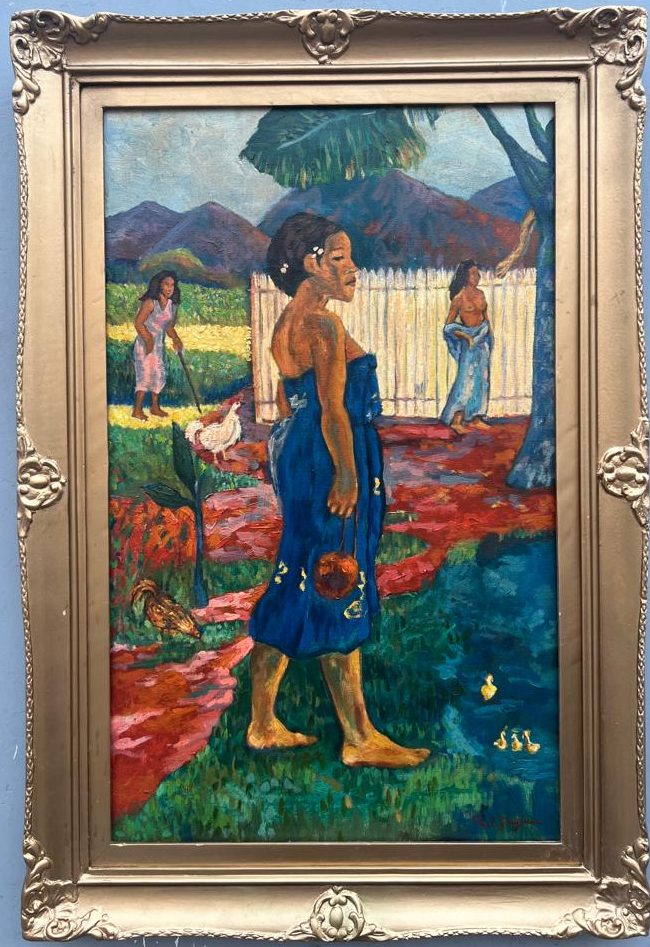
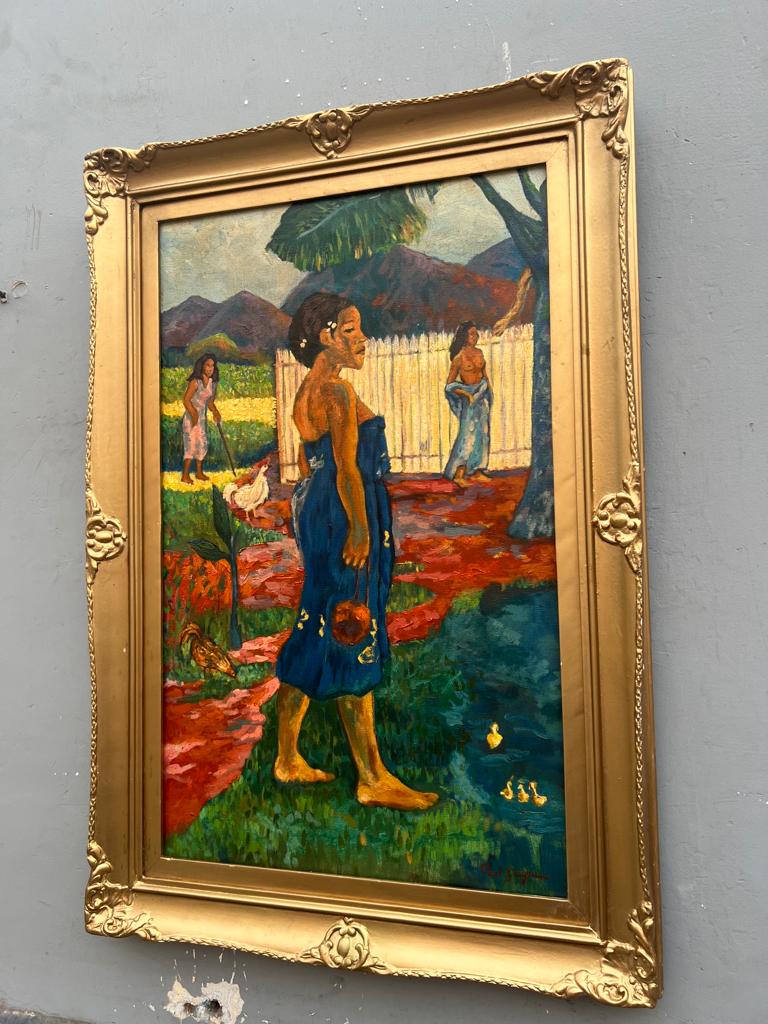
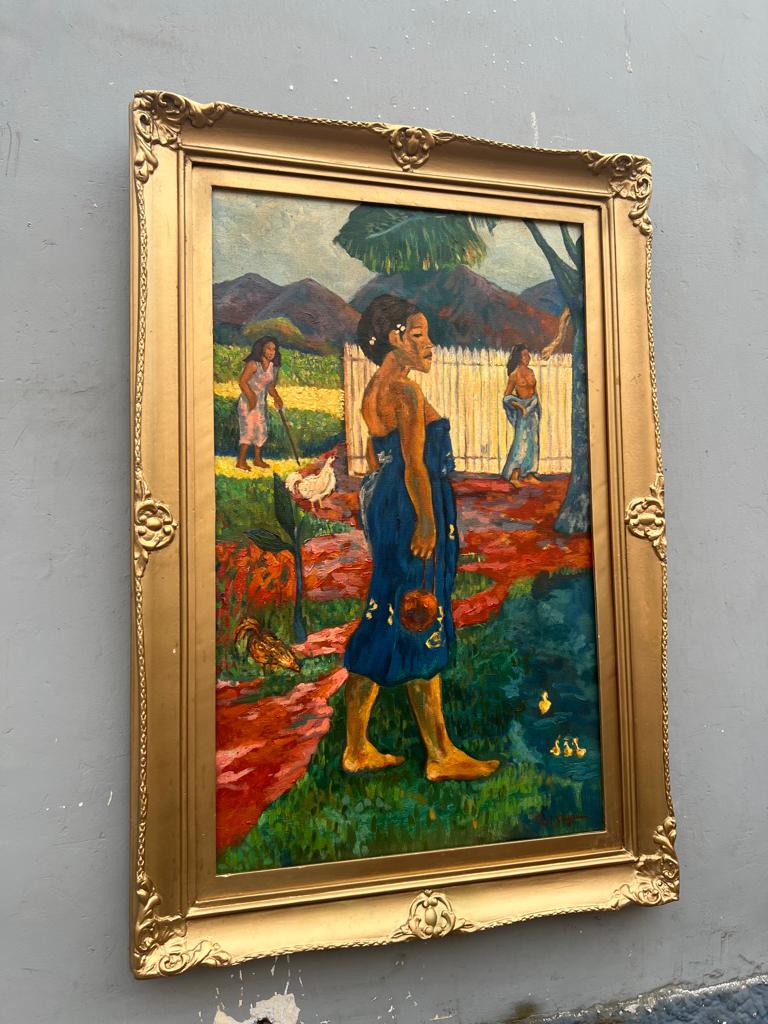
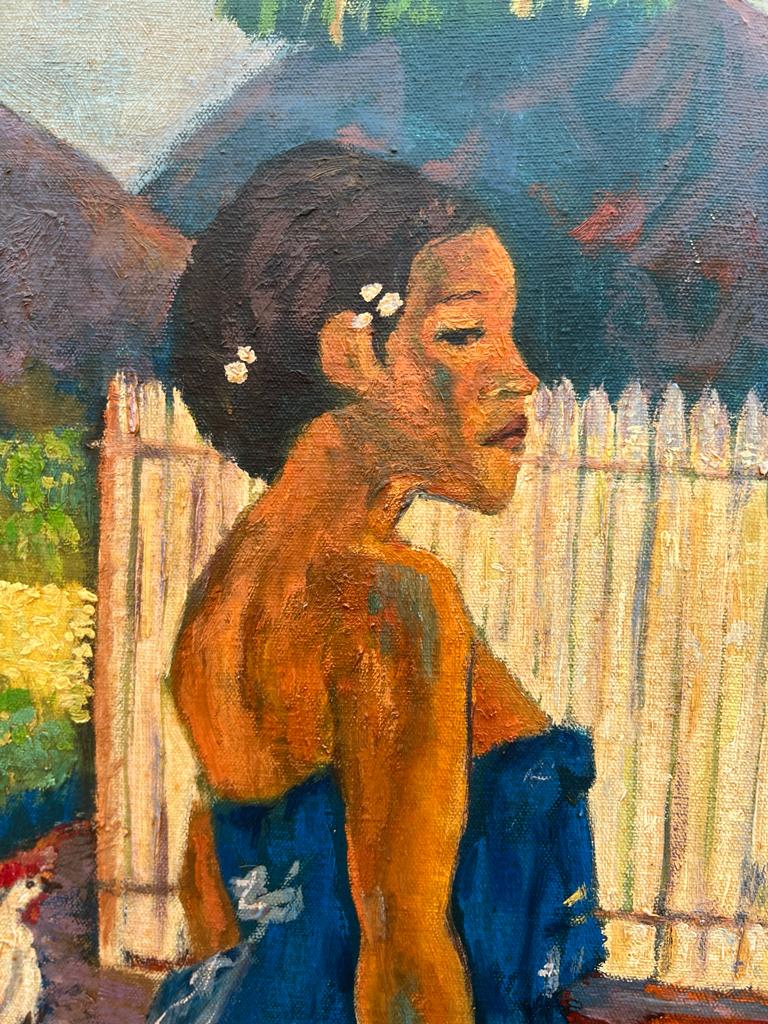
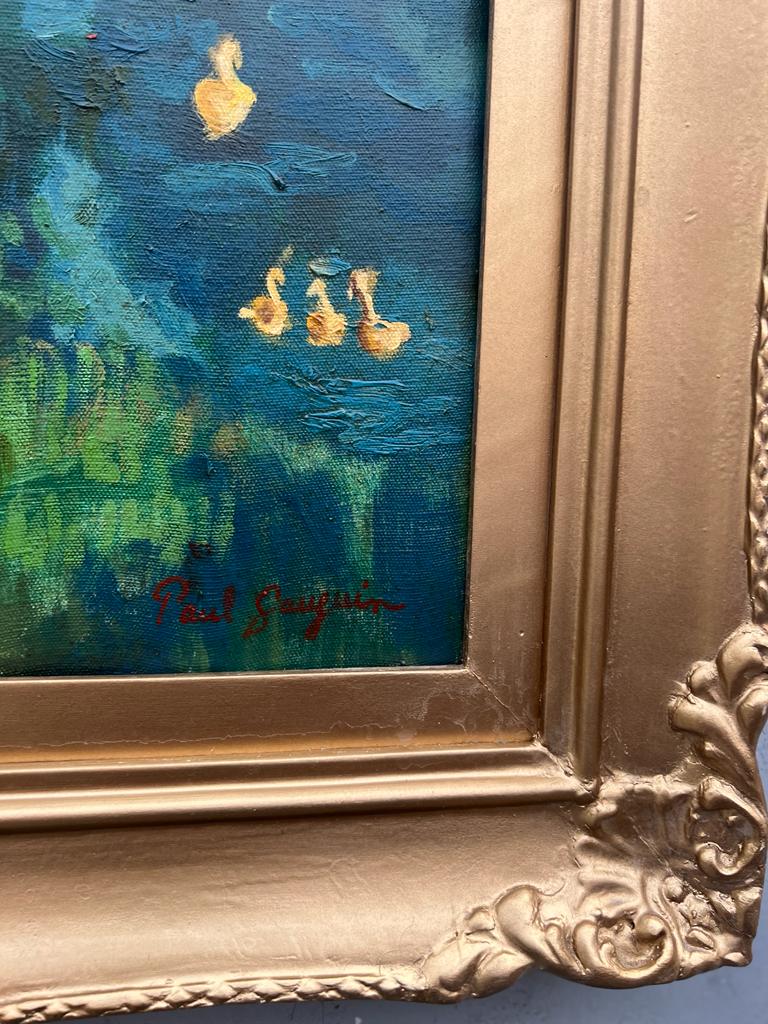
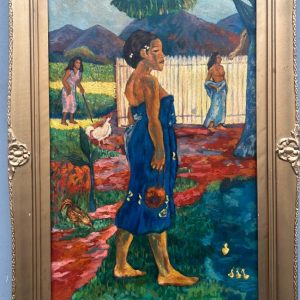
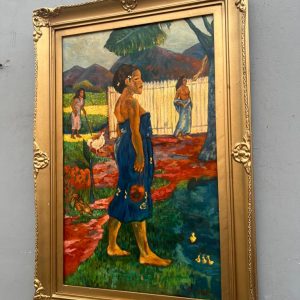
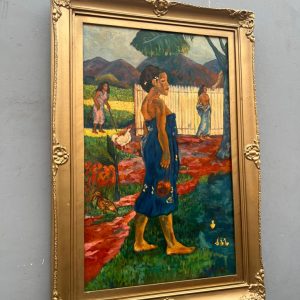
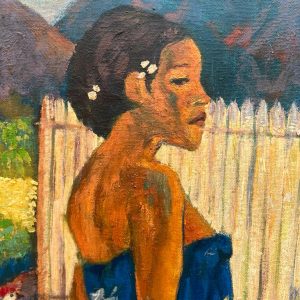
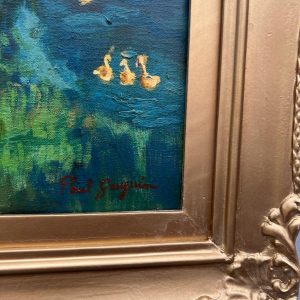
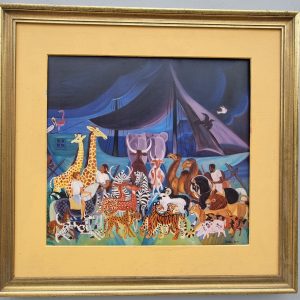
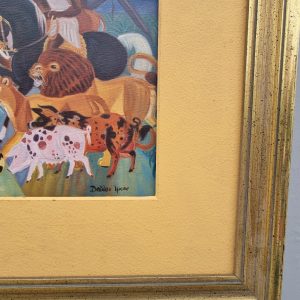
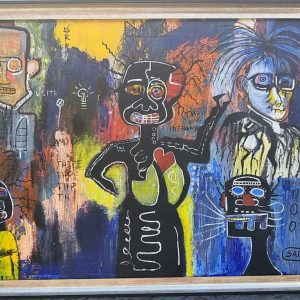
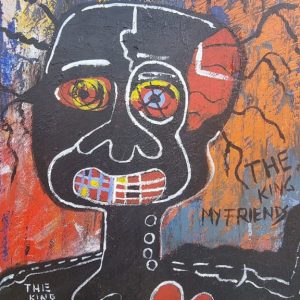
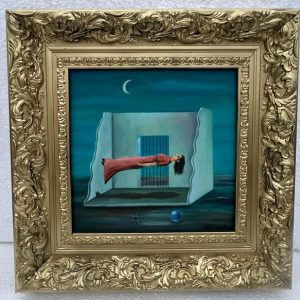
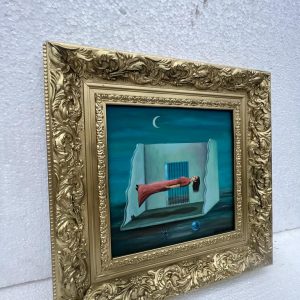
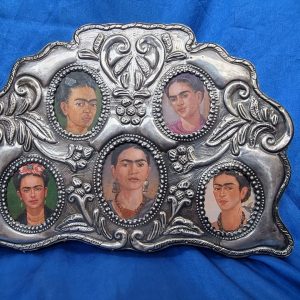
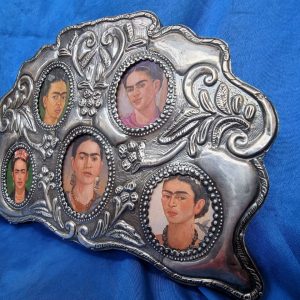

Reviews
There are no reviews yet.